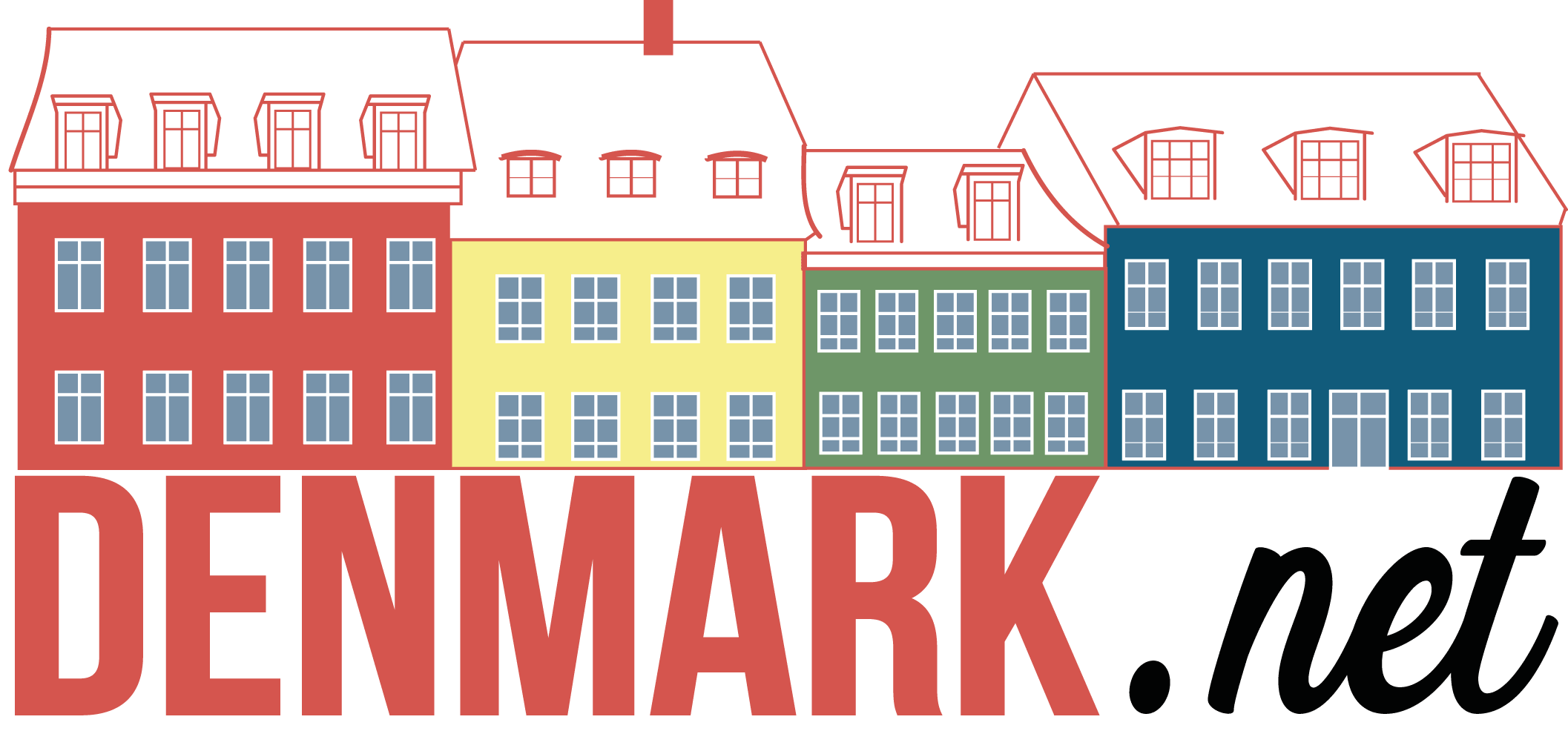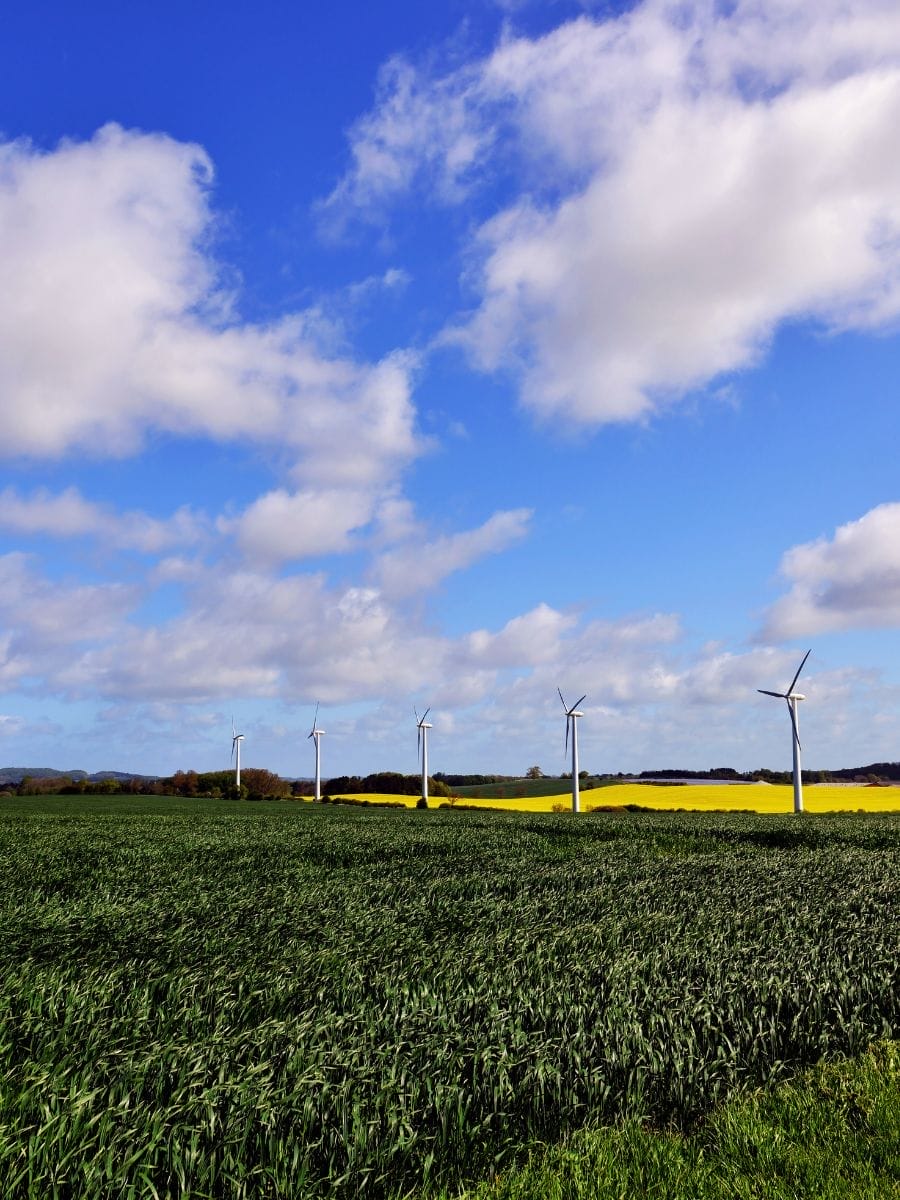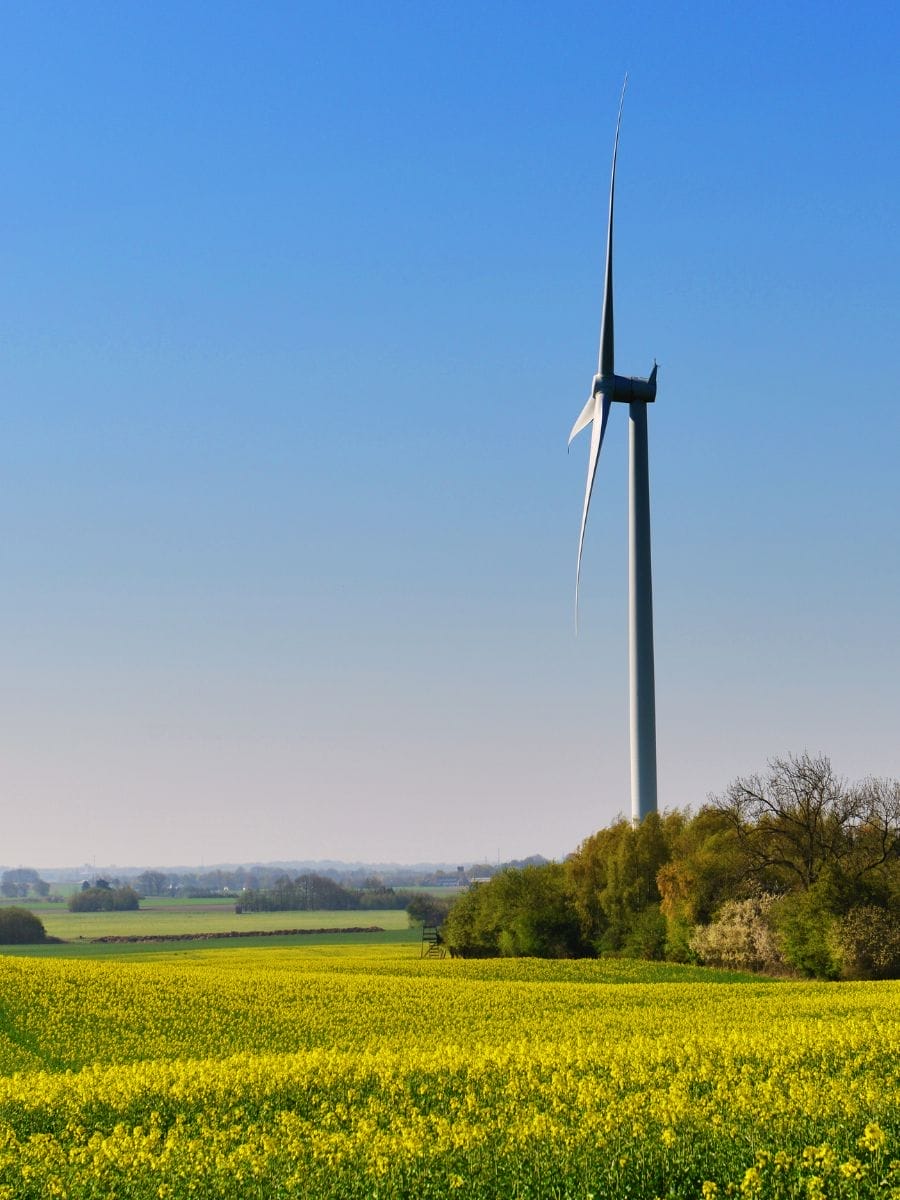
Denmark is often called the “Land of Wind Turbines”—and for good reason. With over half of its electricity powered by the wind, this small yet mighty nation has transformed how the world sees renewable energy. The Danish Energy Agency plays a crucial role in managing and regulating energy policies, contributing to advancements in renewable energy technologies and sustainability efforts in Denmark.
But what makes Denmark wind power so fascinating isn’t just the stats—it’s the stories, innovations, and challenges behind it. From the cutting-edge turbines built by Danish companies like Vestas to the quirky problems (yes, even wind power has its hiccups), there’s a lot more to this green energy success story than meets the eye. Ready to dive into the world of spinning blades, surprising facts, and eco-innovation? Let’s go!
Contents
Does Denmark Have Wind Power?
Absolutely! Denmark is a global leader in wind power. Imagine this: over 50% of the country's electricity comes from the wind! In 2023 alone, Denmark produced a whopping 19.4 terawatt-hours of energy from its wind farms.
With nearly 7,000 active turbines, both onshore and offshore, it’s no surprise that Denmark’s clean energy reputation is well-earned.
Wind power isn’t just a source of energy here; it’s a point of pride. And yes, they’ve got power backups for when the wind takes a break, ensuring a stable supply year-round.
Danish Wind Power Manufacturers
Denmark is dotted with over 6,000 wind turbines, each a testament to the country’s commitment to renewable energy.
Denmark is home to some of the most influential wind power manufacturers in the world. Leading the charge is Vestas, the world’s largest wind turbine company.
Headquartered in Aarhus, this giant has been revolutionizing the wind industry since 1945. Their innovations, including cutting-edge turbines and recyclable blades, are powering homes globally.
Then there’s Ørsted, another Danish heavyweight. Ørsted transitioned from fossil fuels to 100% renewables in just a decade, showcasing how to lead by example. The company pioneered offshore wind farms, starting with Vindeby in 1991, and today manages some of the most powerful offshore projects.
Other key players include Siemens Gamesa, known for its RecyclableBlade technology utilizing a new type of resin, facilitates the separation and reuse of the fibreglass, resin, base material, and metal in other industries, highlighting the importance of recycling in the wind power industry.
It’s no exaggeration to say Danish ingenuity fuels much of the world’s wind energy revolution!
Offshore Wind Energy in Denmark
Denmark has been a trailblazer in offshore wind energy since the early 1990s, when it made history by installing the world’s first offshore wind farm, Vindeby.
Fast forward to today, and Denmark is home to some of the world’s most remarkable offshore projects, including the Horns Reef 1, 2, and 3 wind farms in the North Sea.
Together, these colossal installations deliver over 1,000 MW of capacity, cementing Denmark’s reputation as a global leader in offshore wind power.
But Denmark isn’t stopping there. With ambitious plans to expand its offshore wind capacity to 5,000 MW by 2030, the Danish government is doubling down on its renewable energy leadership.
Thanks to strong, steady winds and state-of-the-art turbine technologies, Denmark’s offshore wind farms are not just powering homes—they’re setting an example for the world. As the nation pushes forward, offshore wind remains at the heart of its journey toward a greener, more sustainable future.
Wind Power Capacity and Statistics
Denmark’s wind power capacity is nothing short of extraordinary. With over 7,000 MW of capacity, its wind turbines generate more than 19 TWh of electricity each year, making wind the largest source of renewable energy in the country.
This remarkable output powers over 40% of Denmark’s electricity needs, positioning the nation as a global frontrunner in clean energy.
And the future looks even brighter. By 2030, Denmark plans to boost its wind power capacity to an impressive 10,000 MW, further cementing its leadership in the renewable energy sector.
Let’s break it down:
- Total wind power capacity: 7,000 MW
- Annual electricity production: 19 TWh
- Wind power’s share in electricity production: 40%
- Number of wind turbines: 6,000
- Average turbine size: 2.5 MW
These statistics are more than just numbers—they highlight Denmark’s unwavering commitment to sustainability and innovation.
With ambitious targets and a proven track record, Denmark continues to lead the charge in shaping a greener, wind-powered future for the world.
Wind Power Jobs in Denmark
If you’re dreaming of a career in renewables, Denmark is the place to be!
The wind power sector employs 33,000 people, and opportunities are only growing.
A quick search on Glassdoor reveals 93 wind turbine jobs in Denmark, ranging from engineering roles to maintenance specialists. Companies like Vestas, Ørsted, and Siemens Gamesa frequently recruit talented individuals.
Renewable energy job platforms LSP Renewables highlights that Denmark’s clean energy goals will create even more jobs. With the government’s push for 100% renewable electricity by 2030, this industry is a goldmine for career seekers. Plus, who wouldn’t want to work in a field that’s helping save the planet?
Denmark Wind Power Problems
Of course, it’s not all smooth sailing—or should we say smooth spinning? Like every technology, wind power has its quirks.
Many turbines in Denmark are over 20 years old, and their performance starts to drop with age. Older turbines require frequent maintenance, which can get costly. According to reports, inefficiencies and degradation have cost Denmark’s wind sector DKK 21 billion in asset revenue over the years.
Energy efficiency plays a crucial role in addressing these challenges, as it is essential for achieving sustainable energy performance in households, industry, and energy production throughout Denmark's energy transition.
Then there’s the issue of noise, which residents near wind farms often complain about. And don’t forget winter challenges—ice build-up on blades can reduce efficiency and even pose safety risks.
These challenges highlight the need for continuous innovation, like replacing old turbines with newer, more efficient models—a process called “repowering.”
Who Invented Wind Power in Denmark?
The story of wind power in Denmark dates back to Poul la Cour, a Danish physicist who, in the late 1800s, used wind energy for agricultural purposes and electricity.
Often called the “Father of Wind Power,” his experiments laid the groundwork for the incredible wind power infrastructure Denmark boasts today.
Denmark Wind Power Cost
Wind power in Denmark is surprisingly affordable. Over the years, technological advancements have driven down costs significantly.
For example, the cost of offshore wind power has fallen to 30 øre/kWh (about 4 US cents). Even with maintenance costs, wind power remains cheaper than coal or natural gas, which start at 55 øre/kWh.
The upfront cost of building turbines is high—sometimes reaching millions of euros per installation—but the long-term savings and environmental benefits are worth it.
Offshore turbines, in particular, are cost-effective over time, especially as they benefit from strong, consistent winds.
Denmark Wind Power History
Denmark’s journey with wind power began in the 1970s during the oil crisis, as the nation sought energy independence.
By 1991, they built the world’s first offshore wind farm, Vindeby, cementing their role as pioneers in the field. Since then, Denmark has steadily expanded its wind power capacity, with a target of 100% renewable electricity by 2030. Talk about leading the charge!
Final Words
Denmark’s wind power story is nothing short of inspiring. From pioneering offshore wind farms to powering over half the nation with renewable energy, this small country is a giant in green innovation.
But the journey doesn’t stop here—Denmark’s push for 100% renewable electricity by 2030 and groundbreaking projects like artificial energy islands promise even more exciting developments.
Curious about how Denmark’s green energy strategies are shaping global sustainability? Dive deeper into their bold plans for bioenergy, solar power, and energy storage to uncover what’s next in this green revolution. The future of clean energy might just start here!








Be the first to comment